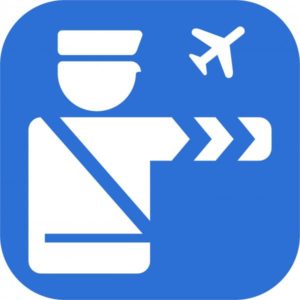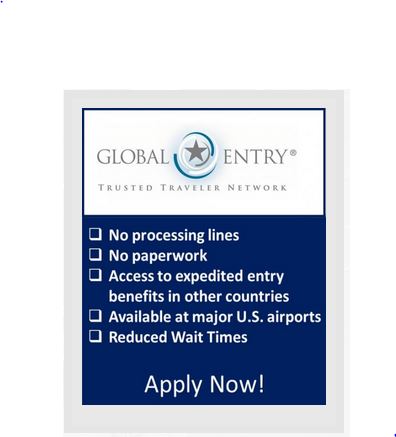It’s not a secret. It’s free. And it can saves hours of time for travelers entering the United States after a long international flight.
Yet, so few people have downloaded and use the Mobile Passport Control app provided by the US Customs and Border Protection that you’ll feel like you’re getting away with something when you use it to breeze through the line ahead of everyone else – often ahead of even those who have paid for and are trying to use the Global Entry machines – at more than 20 airports and one sea port of entry, including:
- Hartsfield-Jackson Atlanta International Airport (ATL)
- Baltimore/Washington International Thurgood Marshall Airport (BWI)
- Boston Logan International Airport (BOS)
- Chicago O’Hare International Airport (ORD)
- Dallas/Fort Worth International Airport (DFW)
- Denver International Airport (DEN)
- Fort Lauderdale-Hollywood International Airport (FLL)
- Houston George Bush Intercontinental Airport (IAH)
- William P. Hobby Houston International Airport (HOU)
- Los Angeles International Airport (Terminals 4, 7 and TBIT)
- Miami International Airport (MIA)
- Minneapolis-Saint Paul International Airport (MSP)
- John F. Kennedy International Airport (JFK)
- Newark Liberty International Airport (EWR)
- Orlando International Airport (MCO)
- Raleigh-Durham International Airport (RDU)
- Sacramento International Airport (SMF)
- San Francisco International Airport (SFO)
- San Jose International Airport (SJC)
- Seattle Sea-Tac Airport (SEA)
- Tampa International Airport (TPA)
- Washington Dulles International Airport (IAD)
- Port Everglades (PEV)
U.S. citizens and Canadian visitors can use the app, which can be downloaded from the Google Play Store and Apple App Store – and is now part of the Miami International Airport app.
Once you download the app you create a profile with your passport info and some other data and then, right before you land, you simply open the app and fill in some details about your current flight and answer the standard questions about whether or not you’re carrying more than $10,000 in cash or have been hanging about farm animals.
When your flight lands and you’ve taken your phone out of airport mode, you can submit your answers through the app and then just show the QR code that pops up to the customs officer as you sashay out of the arrivals area – past all those other people standing in line.

